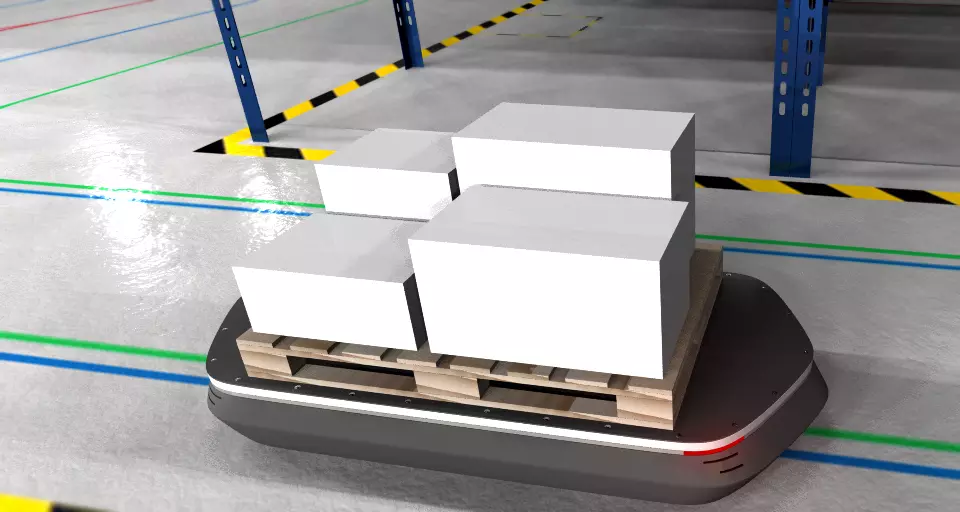
Industrial Image Processing
-
Artificial Image Synthesis
Expert for computer science in computer vision, image processing and 3d computer graphics
Autonomous Systems and Cognitive Robotics
Robot guidance with machine vision refers to the integration of visual sensors and image processing algorithms into robotic systems, enabling robots to 'see' and interpret their surroundings. The primary purpose of this technology is to allow robots to navigate, recognize objects, and perform complex tasks autonomously or semi-autonomously. Machine vision provides robots with real-time data about their environment, allowing them to make decisions and adapt to dynamic conditions without relying on pre-programmed instructions. This enhances flexibility, accuracy, and the overall capability of robotic systems, especially in unstructured or changing environments.
Logistics and Warehousing

In logistics, robot guidance with machine vision plays a crucial role in automating warehouse operations. Robots use vision systems to identify, pick, and transport items, enhancing efficiency in order fulfillment and inventory management. For example, Amazon's fulfillment centers use robots with machine vision to navigate the warehouse, locate products, and bring them to human workers for packaging. This reduces the time needed to process orders and minimizes errors in picking.
By allowing robots to perceive and interpret their environment, machine vision reduces the need for human supervision and manual programming. This makes it easier to automate tasks that previously required human oversight, leading to greater efficiency and lower labor costs.
These robots can operate in dynamic environments where conditions may change. Unlike traditional robots that follow pre-programmed paths, these robots adapt to real-time input, making them suitable for tasks that involve variability, such as picking random items from a bin or navigating an unfamiliar space.
In environments such as manufacturing plants or warehouses, machine vision-guided robots can help improve workplace safety. Robots equipped with vision systems can detect humans or other obstacles in their path and adjust their movements to avoid collisions, reducing the risk of accidents and injuries.





